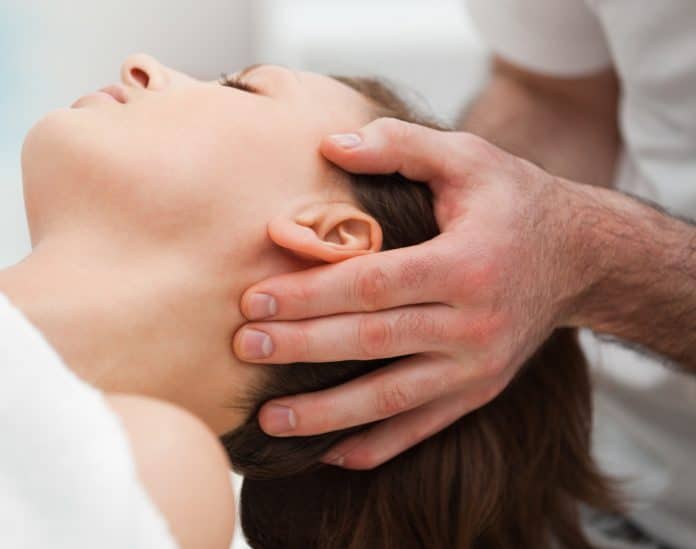In today’s fast-paced world, more and more people are turning to holistic therapies to reduce stress, relieve chronic pain, and reconnect with their bodies. One such gentle and powerful approach is craniosacral therapy. But what exactly does a cranialsacral therapist do—and how can they support your healing journey?
Let’s dive into the world of craniosacral therapy and explore how this subtle yet profound treatment works, what to expect during a session, and why working with a qualified cranialsacral therapist can be life-changing.
What Is Craniosacral Therapy?
Craniosacral therapy (CST) is a gentle, hands-on technique that focuses on releasing tensions deep within the body to relieve pain and improve overall health. It works by lightly touching the body—primarily the skull (cranium), spine, and sacrum—to help the nervous system return to a more balanced state.
Developed by osteopathic physician Dr. John Upledger in the 1970s, this therapy is based on the concept that the craniosacral system—a network of membranes and fluid surrounding the brain and spinal cord—can be influenced to enhance the body’s natural ability to heal.
What Does a Cranialsacral Therapist Do?
A cranialsacral therapist is trained to listen to the subtle rhythms of the body, detect imbalances in the craniosacral system, and use gentle touch (often no more than the weight of a nickel) to help the body self-correct.
Sessions are typically done fully clothed on a massage table in a calm, quiet environment. The therapist may place their hands on the head, base of the spine, or other areas, following the natural flow of the craniosacral rhythm and gently encouraging release where restrictions are found.
Benefits of Working With a Cranialsacral Therapist
People seek out craniosacral therapy for a variety of reasons. Common benefits include:
- Relief from headaches and migraines
- Reduction in chronic neck and back pain
- Alleviation of stress and tension-related disorders
- Improved sleep and emotional regulation
- Support for trauma recovery (both physical and emotional)
- Greater sense of calm and body awareness
While the touch may feel subtle, the effects can be profound—especially when received from an experienced cranialsacral therapist who understands the nuances of the nervous system and trauma-informed care.
Who Can Benefit From Craniosacral Therapy?
Craniosacral therapy is safe and effective for people of all ages—from newborns to the elderly. It’s especially beneficial for those who:
- Are highly sensitive or touch-averse
- Prefer non-invasive approaches
- Are recovering from injury, surgery, or emotional trauma
- Struggle with anxiety, PTSD, or nervous system dysregulation
At Embodied Life Therapy, sessions are tailored to meet you where you are. The therapist offers a deeply respectful space that honors your body’s pace, history, and needs.
What to Expect During a Session
Your first session with a cranialsacral therapist often begins with a brief conversation about your health history, goals, and any current symptoms. You’ll then lie comfortably on a treatment table while the therapist uses light touch to assess and support your system.
Many people report feeling deeply relaxed, grounded, or emotionally moved during and after a session. Some experience subtle shifts right away, while others notice more gradual changes over time.
The Power of Gentle Touch
In a world where we’re often taught to “push through” discomfort, craniosacral therapy invites a different approach—one that trusts the body’s inner wisdom. With the skilled support of a cranialsacral therapist, healing can unfold organically, gently, and sustainably.
If you’re curious about how this work can support you, reach out to a qualified practitioner or explore offerings at EmbodiedLifeTherapy.com. Your body already knows the way—it just needs a safe space to listen.
About Author
You may also like
-
How Thiqa Supports Women’s Health: Specialised Services at Aster Clinics
-
4 Benefits Of Combining Cosmetic And Restorative Services
-
Why A Comprehensive Dentist Is Ideal For Family Smiles
-
Why Cross Generational Dental Care Improves Communication And Comfort
-
Tmj Disorders And How Botox® Provides Relief


